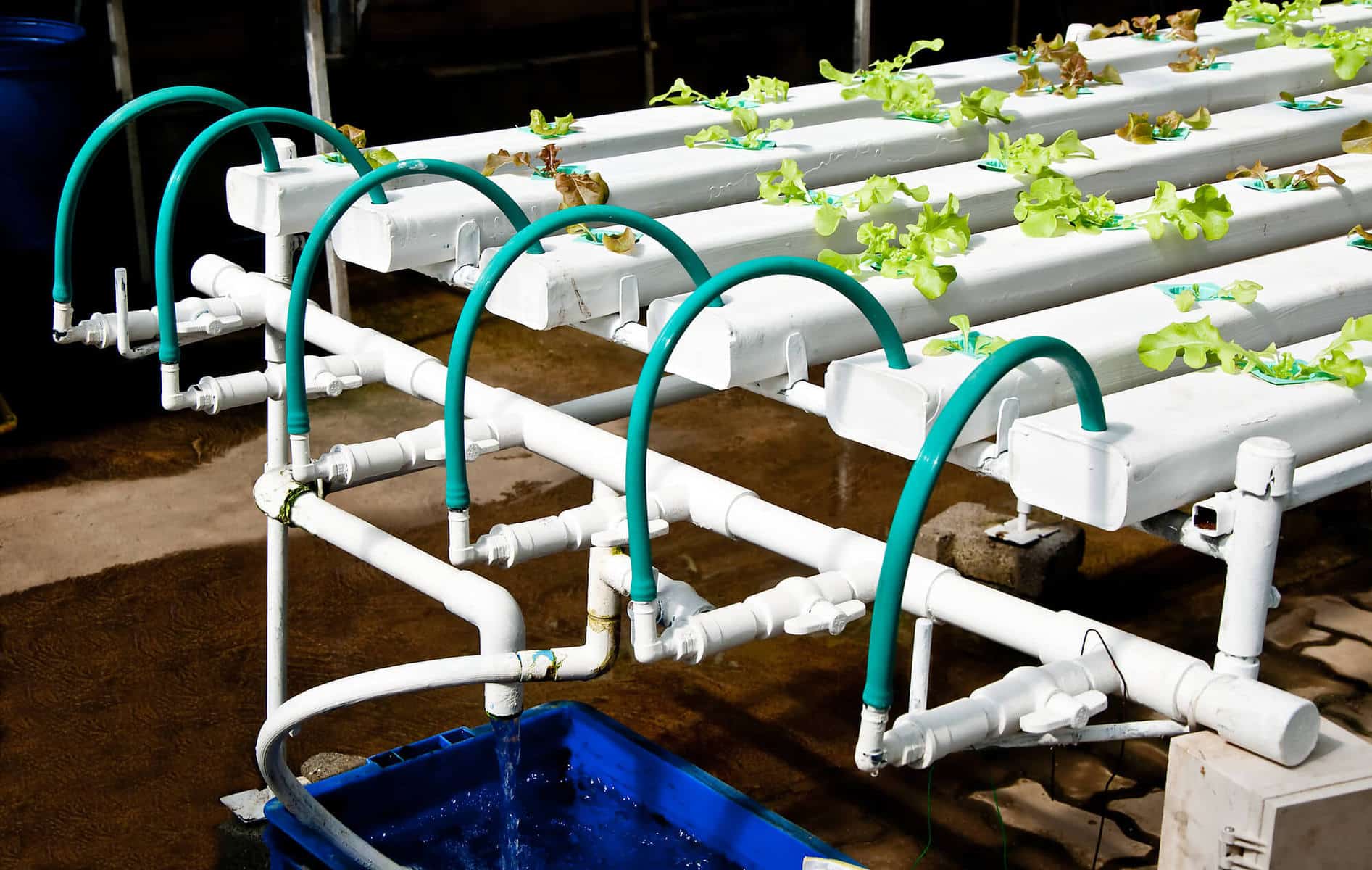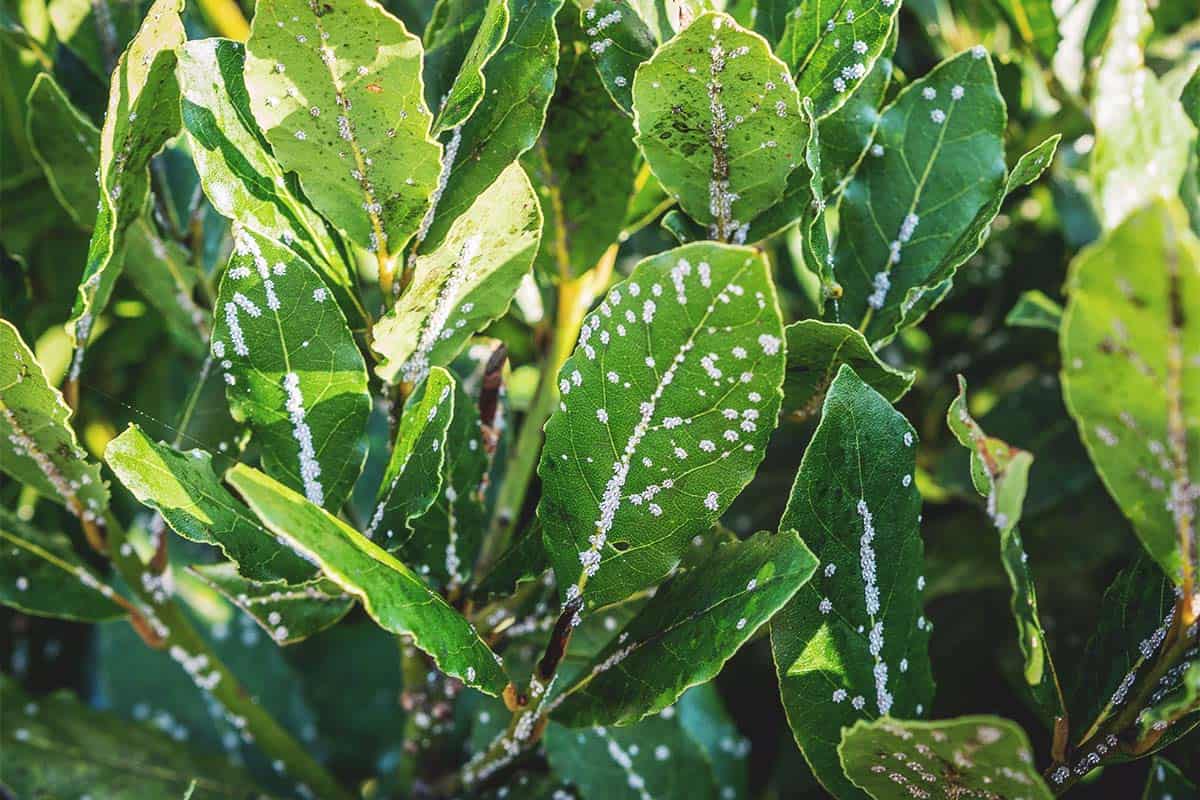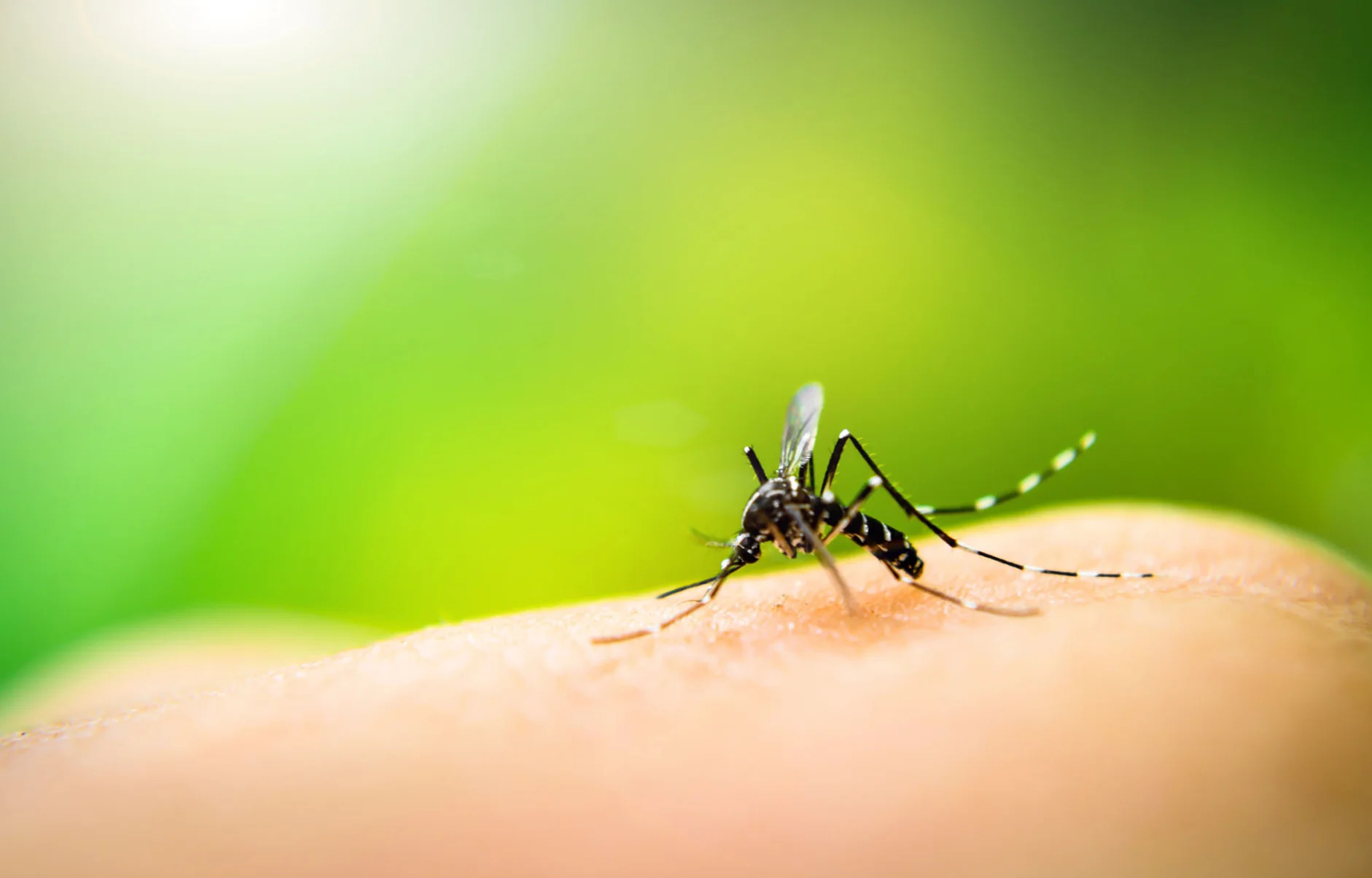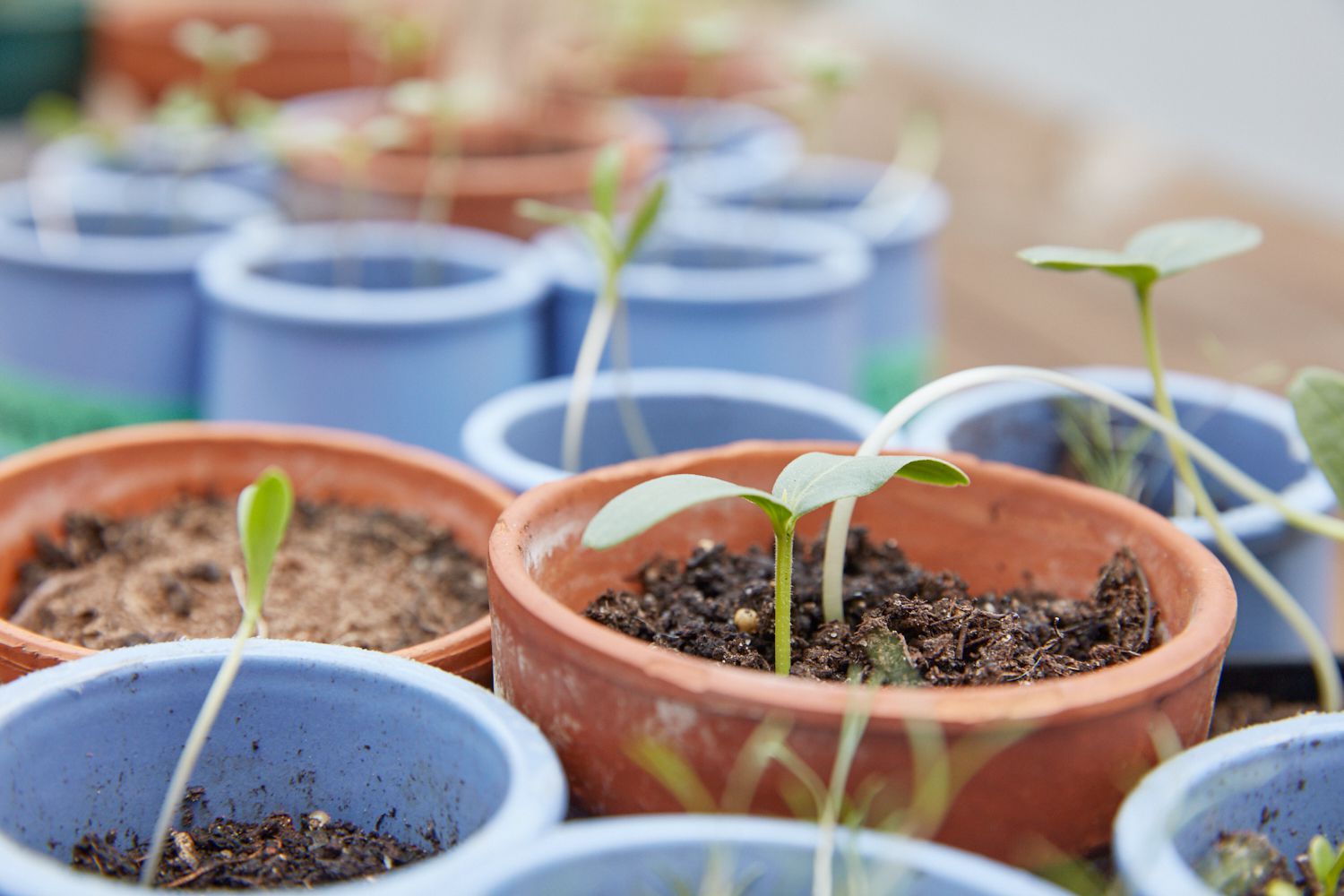Home>Gardening Tips and Tricks>Problem Solving>How To Treat Mold On Succulents
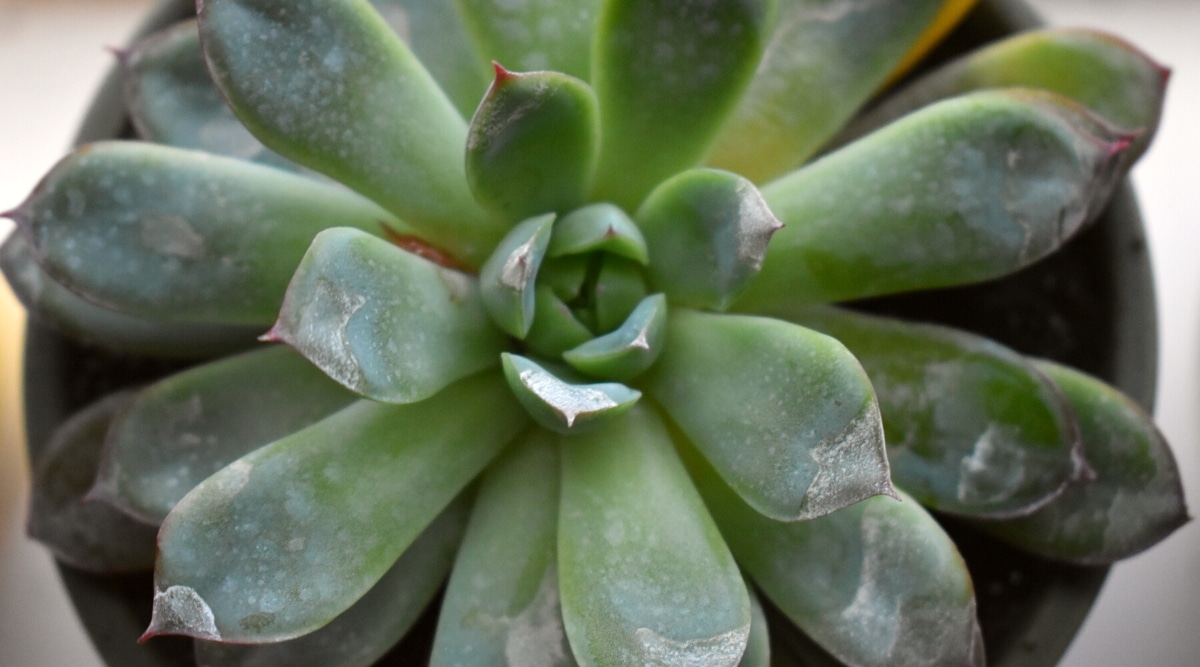

Problem Solving
How To Treat Mold On Succulents
Modified: February 9, 2024
Learn how to effectively treat mold on your succulents with these helpful problem solving tips. Say goodbye to mold and keep your succulents healthy and thriving.
(Many of the links in this article redirect to a specific reviewed product. Your purchase of these products through affiliate links helps to generate commission for Chicagolandgardening.com, at no extra cost. Learn more)
Table of Contents
- Introduction
- Understanding Mold on Succulents
- Identifying the Types of Mold
- Causes of Mold Growth on Succulents
- Prevention and Maintenance
- How to Treat Mold on Succulents
- Step 1: Isolating Infected Plants
- Step 2: Removing Mold from Succulents
- Step 3: Treating the Affected Area
- Step 4: Applying Preventive Measures
- Conclusion
Introduction
Mold is a common problem that can affect the health and appearance of succulent plants. While succulents are known for their ability to thrive in arid conditions, they are not immune to mold growth. Mold on succulents can manifest as fuzzy or powdery growth on the leaves or stems, and if left untreated, it can spread and potentially cause harm to the plant.
Understanding how mold develops, the types of mold that can affect succulents, and the causes of mold growth is crucial in order to effectively treat and prevent mold infestations. By following the proper steps for mold treatment, you can save your succulents from further damage and ensure their long-term health.
In this guide, we will explore how to identify different types of mold on succulents, understand the reasons behind mold growth, and provide comprehensive steps to treat and prevent mold. Whether you’re a novice succulent enthusiast or an experienced gardener, this article will equip you with the knowledge and techniques needed to combat mold and keep your succulent collection thriving.
Understanding Mold on Succulents
Mold is a type of fungus that thrives in moist and humid conditions, making succulents susceptible to its growth. Succulents naturally store water in their leaves and stems, which can create an ideal environment for mold to develop if the conditions are not properly maintained.
There are several types of mold that can affect succulents, including powdery mildew, botrytis, and black mold. Powdery mildew appears as a white or gray powdery substance on the leaves and stems, while botrytis appears as fuzzy gray or brown patches. Black mold is a dark, slimy growth that can be particularly harmful to succulents if left untreated.
It’s important to note that mold not only affects the appearance of succulents but can also impact their overall health. Mold growth can weaken the plant, making it more susceptible to other diseases and pests. Additionally, if left untreated, mold can spread to other plants in close proximity, leading to a widespread infestation.
To effectively treat mold on succulents, it is necessary to understand the causes behind its growth. Factors such as overwatering, poor air circulation, and high humidity levels can contribute to the development of mold. Additionally, placing succulents in containers without proper drainage can lead to moisture buildup, creating an environment that encourages mold growth.
By carefully observing your succulents and understanding the conditions that promote mold growth, you can take proactive measures to prevent mold infestations in the first place. Regularly inspecting your succulents for signs of mold and providing them with appropriate care can go a long way in maintaining their health and beauty.
Identifying the Types of Mold
When it comes to mold on succulents, there are several common types that you should be able to identify. By understanding the different types of mold, you can take appropriate steps to treat and prevent their growth.
1. Powdery Mildew: Powdery mildew is one of the most common types of mold that can affect succulents. It appears as a white or gray powdery substance on the leaves and stems of the plant. The powdery mildew can spread rapidly if left untreated, leading to stunted growth and discoloration of the affected leaves.
2. Botrytis: Botrytis, also known as gray mold, is another type of mold that can thrive on succulents. It appears as fuzzy gray or brown patches on the leaves and stems. Botrytis can spread quickly and cause the affected areas to become mushy and rotten. This type of mold is commonly found in humid conditions with poor air circulation.
3. Black Mold: Black mold is a dark, slimy growth that can be particularly harmful to succulents if not addressed promptly. It typically appears on the leaves and stems of the plant and can lead to wilting, discoloration, and even rotting. Black mold is often a result of excessive moisture or poor drainage in the soil.
Identifying the type of mold on your succulents is essential because it determines the appropriate treatment method. Some types of mold may require more specific treatments or fungicides to effectively eradicate them. By visually inspecting your plants and recognizing the characteristics of the mold, you can choose the most suitable course of action.
If you’re unsure about the type of mold affecting your succulents, you can consult with a local gardening expert or take a sample to a nearby nursery for further analysis. The knowledge and expertise of professionals can help you accurately identify the mold and provide guidance on the best course of treatment.
Causes of Mold Growth on Succulents
Mold growth on succulents can be attributed to several underlying causes. By understanding these causes, you can address them directly and prevent mold from developing in the first place.
1. Overwatering: Succulents are known for their ability to store water in their leaves and stems, making them well-adapted to dry conditions. However, overwatering succulents can lead to excess moisture in the soil, creating an environment conducive to mold growth. Avoid watering your succulents too frequently and ensure that the soil has sufficient time to dry out between waterings.
2. Poor Drainage: Succulents thrive in well-draining soil that allows excess water to escape. If your succulents are planted in containers or pots without proper drainage holes, water can accumulate, leading to dampness and increased humidity. Ensure that your succulents have adequate drainage to prevent moisture from becoming trapped in the soil.
3. High Humidity: Succulents prefer low humidity environments, as excessive moisture in the air can contribute to mold growth. If you live in a humid region, consider placing your succulents in areas with good air circulation or using a dehumidifier to reduce the humidity levels around your plants.
4. Lack of Air Circulation: Poor air circulation around succulents can create stagnant and humid conditions, which are ideal for mold growth. Ensure that your succulents are not crowded together and have enough space for air to circulate freely. You can also gently move the leaves of your succulents from time to time to create air movement.
5. Contaminated Soil or Plant Material: Mold spores can be present in the soil or on the leaves of your succulents, leading to the development of mold. It’s important to use clean, sterilized soil when planting or repotting your succulents. Regularly inspect your plants for any signs of mold and remove any infected leaves or plant material promptly.
Addressing these causes of mold growth on succulents is crucial in preventing and mitigating mold infestations. By maintaining proper watering practices, providing adequate drainage, controlling humidity levels, promoting air circulation, and using clean soil and plant material, you can create an environment that discourages mold growth and keeps your succulents healthy.
Prevention and Maintenance
Preventing mold growth on succulents is key to maintaining their health and preventing future infestations. By following some simple prevention and maintenance practices, you can create an environment that discourages mold and keeps your succulents thriving.
1. Proper Watering: Succulents are drought-tolerant plants that do not require frequent watering. Avoid overwatering your succulents, as excess moisture in the soil can promote mold growth. Instead, water your succulents thoroughly but infrequently, allowing the soil to dry out between waterings.
2. Well-Draining Soil: Succulents thrive in well-draining soil that allows excess water to escape. Use a well-draining potting mix specifically formulated for succulents or add perlite or coarse sand to improve drainage. Ensure that your plant containers have drainage holes to prevent water from accumulating.
3. Adequate Air Circulation: Good air circulation is essential for preventing mold growth. Avoid overcrowding your succulents and provide enough space between plants for air to circulate freely. You can also gently move the leaves of your succulents from time to time to promote air movement.
4. Avoid High Humidity: Succulents prefer low humidity environments, so it’s important to keep the humidity levels around your plants in check. If you live in a humid region, consider placing your succulents in areas with good air circulation or using a dehumidifier to reduce humidity levels.
5. Regular Inspections: Regularly inspect your succulents for any signs of mold or other diseases. Look for fuzzy or powdery growth on the leaves or stems, discoloration, or wilting. If you notice any early signs of mold, take immediate action to prevent it from spreading.
6. Remove Affected Leaves or Plant Material: If you spot any mold on your succulents, it’s crucial to remove the affected leaves or plant material promptly. Use clean and sterilized pruning tools to prevent the spread of mold spores. Be sure to dispose of the infected material properly to avoid cross-contamination.
By implementing these preventive measures and practicing regular maintenance, you can significantly reduce the risk of mold growth on your succulents. Remember to observe your plants closely, provide them with the appropriate care, and take prompt action at the first signs of mold to ensure your succulents stay healthy and mold-free.
How to Treat Mold on Succulents
Discovering mold on your succulents can be disheartening, but with the right approach, you can effectively treat the issue and restore your plants to health. Here are the steps to follow when treating mold on succulents:
Step 1: Isolating Infected Plants
If you notice mold on one or more succulents, it’s important to isolate the affected plants from the rest of your collection. This will prevent the mold from spreading to healthy plants. Place the infected plants in a separate area until the mold has been successfully treated.
Step 2: Removing Mold from Succulents
Gently wipe off as much of the visible mold as possible using a soft cloth or paper towel. Be careful not to spread the mold spores to other parts of the plant or nearby plants. If the mold is heavily concentrated, you may need to trim off infected leaves or stems with sterilized pruning shears.
Step 3: Treating the Affected Area
Use a mixture of one part water and one part rubbing alcohol or a household fungicide to treat the remaining mold on the succulent. Lightly spray or dab the solution onto the affected areas, ensuring full coverage. Allow the solution to dry completely before placing the plant back in its original location.
Step 4: Applying Preventive Measures
To prevent future mold growth on your succulents, take preventative measures. Avoid overwatering and ensure your succulents are in well-draining soil. Provide good air circulation by spacing out your plants. Regularly inspect your succulents for any signs of mold and promptly treat any early growth. Proper care will help keep your succulents healthy and mold-free.
Remember that prevention is key when it comes to mold on succulents. Maintaining the proper environment and addressing any issues promptly is crucial to avoid repeat mold infestations. By following these steps, you can effectively treat mold on your succulents and safeguard their overall health and beauty.
Step 1: Isolating Infected Plants
When you discover mold on one or more of your succulents, it is crucial to take immediate action to prevent the mold from spreading to healthy plants. Isolating the infected plants is the first step in effectively treating the mold and minimizing its impact on your collection.
1. Identifying Infected Plants
Start by carefully examining each of your succulents for signs of mold growth. Look for fuzzy or powdery substances on the leaves or stems, discoloration, or any other unusual growth. If you spot any of these signs, it is likely that the plant is infected with mold.
2. Removing Infected Plants
Once you have identified the infected plants, carefully remove them from their current location and separate them from the rest of your collection. It is essential to minimize the risk of spreading mold spores to healthy plants. Place the infected plants in an area away from other succulents, such as a separate room or quarantine area.
3. Quarantine Duration
Keep the infected plants isolated until the mold has been effectively treated and eliminated. The duration of the quarantine period will depend on the severity of the mold infestation and the effectiveness of the treatment method you choose to use.
4. Monitoring and Observing
During the period of isolation, closely monitor the infected plants for any signs of further mold growth or deterioration. Keep an eye out for any new fungal growth, changes in the appearance of leaves or stems, and overall plant health. This will allow you to assess the effectiveness of the treatment method and determine if any additional actions are needed.
By isolating the infected plants, you can prevent the spread of mold spores to healthy plants, minimizing the risk of a widespread infestation. This step provides a controlled environment for treating the mold and ensures the overall health and well-being of your succulents.
Remember, it is essential to take additional steps to treat the mold on the isolated plants to prevent the recurrence and spread of the fungus. Following the remaining steps for treating mold on succulents will ensure a thorough and effective treatment process.
Step 2: Removing Mold from Succulents
Once you have isolated the infected plants, the next step is to remove as much of the visible mold from your succulents as possible. By removing the mold, you can prevent further spread and create a healthier environment for your plants to recover.
1. Gently Wipe the Mold
Using a soft cloth or paper towel, gently wipe off the visible mold from the leaves, stems, and any affected areas of the succulent. Be careful not to rub or scrub vigorously, as this may damage the plant. Dispose of the cloth or paper towel immediately after use to prevent spreading the mold spores.
2. Trim Infected Leaves or Stems
If the mold infestation is severe or concentrated in specific areas, you may need to use sterilized pruning shears to trim off the infected leaves or stems. Make clean cuts just above healthy tissue to minimize any damage to the succulent. Be sure to disinfect the pruning shears before and after use to prevent cross-contamination.
3. Dispose of Infected Plant Material
After removing the mold, it is crucial to dispose of the infected plant material properly, particularly if it shows signs of severe mold growth or decay. Seal the contaminated plant material in a plastic bag and discard it in the trash. Do not compost the material, as this can potentially spread mold spores.
4. Clean and Sanitize Tools
After removing the mold, it’s important to clean and sanitize any tools used in the process. Clean the pruning shears and any other tools with warm soapy water, and then disinfect them with a solution of 70% isopropyl alcohol or a bleach solution. This prevents the spread of mold spores to other plants during future use.
By taking the time to remove visible mold from your succulents, you can effectively eliminate a significant portion of the fungal growth. This step sets the stage for the next phase of treatment, allowing your succulents to recover and thrive in a healthier environment.
Remember, removing the visible mold is just one part of the treatment process. It is essential to continue with the remaining steps to ensure a comprehensive approach to treating mold on your succulents and preventing future infestations.
Step 3: Treating the Affected Area
After removing visible mold from your succulents, it is important to treat the affected area to ensure the complete elimination of mold spores and to promote the plant’s recovery. By applying appropriate treatments, you can create an environment that discourages further mold growth and supports the overall health of your succulent.
1. Prepare a Treatment Solution
Combine equal parts water and rubbing alcohol or prepare a household fungicide solution according to the manufacturer’s instructions. The rubbing alcohol or fungicide will help kill any remaining mold spores and inhibit future growth.
2. Apply the Treatment Solution
Lightly spray or dab the treatment solution onto the affected areas of your succulent. Be sure to cover all visible mold and the surrounding areas. Take care not to oversaturate the plant, as excessive moisture can create conditions favorable for mold regrowth.
3. Allow the Solution to Dry
After treating the affected areas, allow the solution to air dry completely. This ensures that the treatment has enough time to penetrate the mold and any potential mold spores on the plant’s surface. Do not rinse or wipe off the solution, as it will continue to act as a protective barrier against mold.
4. Monitor and Repeat Treatment
Observe your succulent closely in the following days and weeks for any signs of recurring mold growth. If you notice any new mold or other signs of deterioration, repeat the treatment process. Regular monitoring allows you to address any mold issues promptly and prevent further spread.
By treating the affected area with the appropriate solution, you can effectively eliminate mold spores and create an inhospitable environment for mold growth. This step not only helps in the current treatment process but also provides ongoing protection for your succulent, reducing the risk of future mold infestations.
Remember to always follow the instructions provided with the treatment solution and exercise caution when using chemicals. If you prefer a more natural approach, alternative treatments like neem oil or a mixture of water and vinegar can be effective in suppressing mold growth.
By taking these steps to treat the affected area, you can give your succulents the best chance of recovery and ensure their long-term health and beauty.
Step 4: Applying Preventive Measures
Once you have treated the mold on your succulents, it is crucial to take proactive measures to prevent future mold growth. By implementing preventive measures, you can create an environment that discourages mold and promotes the overall health and well-being of your succulents.
1. Proper Watering Practices
Avoid overwatering your succulents, as excess moisture can create conditions favorable for mold growth. Stick to a watering schedule that allows the soil to dry out between waterings. Be mindful of the specific watering needs of different succulent species, as some may require more or less frequent watering.
2. Well-Draining Soil
Ensure that your succulents are planted in well-draining soil. Use a specialized succulent potting mix or amend regular potting soil with materials like perlite or coarse sand to improve drainage. Well-draining soil helps prevent water from accumulating around the roots, reducing the risk of moisture-related problems, including mold.
3. Good Air Circulation
Promote air circulation around your succulents by avoiding overcrowding. Give each plant enough space so that air can freely move between them. You can also gently move the leaves of your succulents from time to time to increase airflow. This helps prevent the buildup of stagnant air and reduces the risk of mold development.
4. Control Humidity Levels
Keep the humidity levels around your succulents in check, as high humidity can encourage mold growth. If you live in a humid region, consider placing your succulents in areas with good airflow or using a dehumidifier to lower the humidity levels. Ensure proper ventilation in the room where your succulents are located.
5. Regular Inspections
Regularly inspect your succulents for any signs of mold or other diseases. Look for fuzzy or powdery growth, discoloration, or any changes in the appearance of the leaves or stems. Early detection allows for prompt treatment and helps prevent the further spread of mold to other plants.
By consistently applying these preventive measures, you can significantly reduce the risk of mold on your succulents and maintain their overall health. Regular inspections, proper watering, well-draining soil, good airflow, and controlling humidity levels are essential practices that create an environment where mold is less likely to thrive.
Remember that prevention is key when it comes to mold on succulents. By implementing these measures and caring for your plants with attentiveness, you can minimize the risk of future mold infestations and enjoy a thriving collection of beautiful and healthy succulents.
Conclusion
Mold growth on succulents can be a common and frustrating problem, but with the right knowledge and actions, it can be effectively treated and prevented. Understanding the different types of mold, the causes of mold growth, and implementing the appropriate treatments is essential for maintaining the health and beauty of your succulent collection.
By isolating infected plants, removing visible mold, treating the affected areas, and applying preventive measures, you can successfully combat mold on your succulents. Proper watering practices, well-draining soil, good air circulation, controlling humidity levels, and regular inspections are crucial in creating an environment that discourages mold growth.
Remember to monitor your succulents closely and take prompt action at the first signs of mold. Detecting and treating mold early is key to preventing its spread and minimizing damage to your plants.
Additionally, practicing good plant hygiene, such as using clean and sterilized tools, disposing of infected plant material properly, and avoiding cross-contamination, will further contribute to maintaining the health of your succulents.
As an avid succulent enthusiast, it is important to continuously educate yourself about the care and maintenance of these unique plants. The more you understand about their needs and the challenges they may face, the better equipped you will be to provide them with optimal care.
Through a combination of proper care, diligence, and preventive measures, you can enjoy a thriving collection of mold-free succulents. With your dedication, attention to detail, and love for these resilient plants, mold will no longer be a major concern, and your succulents will continue to bring beauty and joy to your surroundings for years to come.
